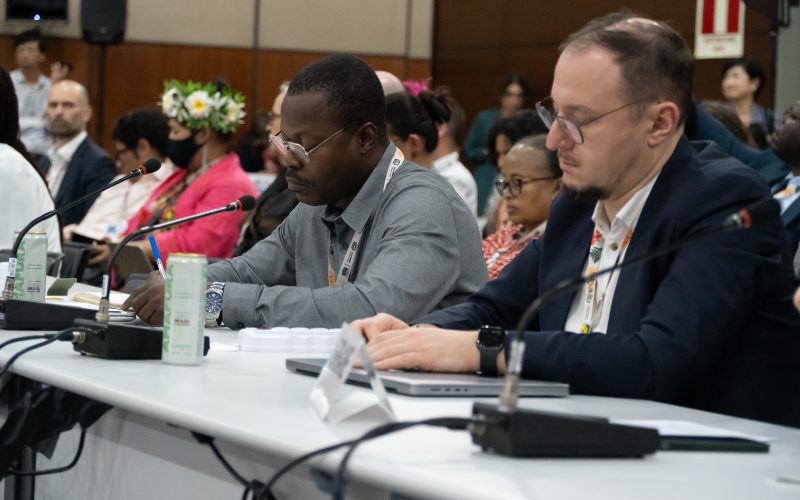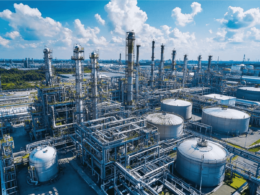The first Global Methane Status Report, launched in Belém during COP30, finds that although progress has been made since the Global Methane Pledge was introduced in 2021, current efforts remain far below what is needed to meet the goal of cutting global methane emissions by 30% by 2030. The report, produced by the UN Environment Programme (UNEP) and the Climate and Clean Air Coalition (CCAC), provides the most detailed assessment to date of how the 159 signatory countries and the European Union are advancing on methane reductions.
The analysis shows that while global methane emissions are still rising, projections for 2030 have improved due to stricter waste regulations in Europe and North America and slower growth in the natural gas market between 2020 and 2024. However, UNEP and CCAC warn that only the widespread adoption of proven measures will bring the world close to achieving the Pledge’s target.
At the Global Methane Declaration meeting, ministers and officials urged countries to quickly scale up action across the energy, agriculture and waste sectors, stressing the need for clearer targets and greater transparency in monitoring progress.
“Addressing methane emissions is one of the fastest and most effective actions we can take to contain global warming,” said Alice Amorim, Director of Programmes for the COP30 Presidency. “Reducing methane now acts as a true climate emergency brake, capable of helping us correct our course and keep the 1.5°C goal alive.”
Amorim added that prioritising methane is both an environmental and economic decision: “Acting on methane in the waste, energy and agriculture sectors can generate immediate and measurable climate benefits.”
According to the report, existing national climate plans, if fully implemented, could cut methane emissions by 8% by 2030—potentially the largest decline ever recorded. But reaching the pledged 30% reduction will require a rapid increase in ambition.
The report highlights that more than 80% of potential methane cuts can be achieved at low cost. Available measures include leak detection and repair programmes, closure of abandoned oil and gas wells, improved water management in rice cultivation and greater separation of organic waste. The energy sector accounts for 72% of this reduction potential, followed by waste (18%) and agriculture (10%).
Broader benefits extend beyond emissions reduction. UNEP estimates that feasible actions could prevent more than 180,000 premature deaths and avoid 19 million tonnes of crop losses annually by 2030. In the fossil fuel sector, the entire mitigation potential could be achieved for around 2% of global industry income in 2023.
The report notes that the bulk of reduction opportunities lie within major economies. G20+ countries account for 72% of the global mitigation potential and could reduce emissions by 36% by 2030 with full application of existing measures.
Canadian environment minister Julie Dabrusin, who co-chairs the Global Methane Pledge, said the findings provide “an essential assessment of progress” and highlight the urgency of accelerating action. European Commissioner Dan Jørgensen said current advances show methane cuts are achievable and offer both environmental and economic gains, but scaling up is now required. UNEP Executive Director Inger Andersen reiterated that reducing methane is one of the fastest ways to slow global warming, protect human health and limit agricultural losses.
The report concludes that decisions taken over the next five years will be critical to achieving meaningful reductions in methane emissions and securing cleaner air, stronger economies and a safer climate for future generations.





















